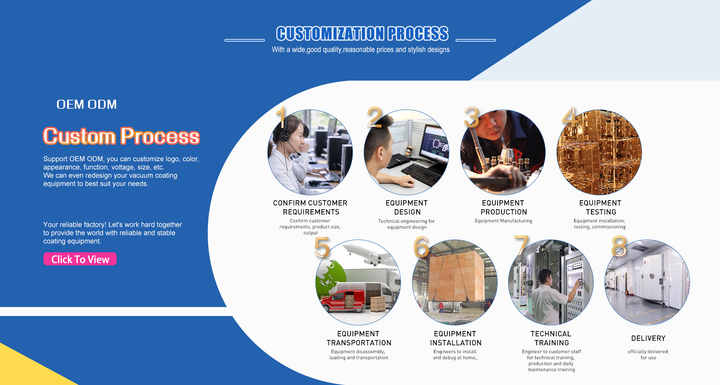
Privacy statement: Your privacy is very important to Us. Our company promises not to disclose your personal information to any external company with out your explicit permission.
Select Language
Navigating the landscape of vacuum roll-to-roll PVD equipment requires a clear understanding of system architecture. The choice between single, double, and multi-chamber configurations directly impacts production efficiency, film quality, and operational flexibility, making it a critical decision for manufacturers.
Ideal for dedicated, high-volume production runs of a single material, single-chamber systems offer a straightforward and often more economical solution. Their robust design is well-suited for applications like the TG Multiarc Ion Sputtering Machine, which is commonly used for tool coatings and decorative finishes where one specific film type is applied consistently. However, their major limitation is downtime; the entire chamber must be vented to atmosphere for substrate loading and unloading, which interrupts the vacuum and reduces overall throughput.
For operations requiring higher productivity and the flexibility to coat different materials without cross-contamination, dual-chamber systems are the industry favorite. They feature an isolated transfer chamber, allowing one chamber to be in the deposition phase while the other is being unloaded and reloaded. This design dramatically reduces idle time and maintains a high-quality vacuum for sensitive processes. This configuration is perfectly suited for advanced PVD Multiarc Ion Sputtering Coating Machine applications, enabling the deposition of high-purity, multi-layer functional films.
At the forefront of technology are multi-chamber or cluster tools. These systems integrate several process chambers—each potentially dedicated to a different step like etching, pre-cleaning, or depositing various layers—around a central robotic transfer hub. This setup is essential for complex, multi-layer stacks requiring pristine interfaces at an industrial scale. A powerful example is the GD Large Multiarc Ion Sputtering Machine, engineered for massive workloads. Such systems can handle substrates with widths exceeding one meter and are capable of depositing uniform coatings on complex 3D surfaces, making them indispensable for advanced optics, flexible electronics, and high-end decorative applications.
Selecting the right Coating Equipment hinges on three core factors:
Throughput: For maximum output with a single coating type, a single-chamber may suffice. For higher throughput with multiple products, choose dual or multi-chamber.
Process Complexity: Multi-layer films with strict interface requirements demand the isolated environments of a multi-chamber cluster tool.
Capital Investment: While single-chamber systems have a lower initial cost, the superior productivity and capability of dual and multi-chamber systems often deliver a better return on investment for high-value products.

Let's get in touch.

Privacy statement: Your privacy is very important to Us. Our company promises not to disclose your personal information to any external company with out your explicit permission.

Fill in more information so that we can get in touch with you faster
Privacy statement: Your privacy is very important to Us. Our company promises not to disclose your personal information to any external company with out your explicit permission.